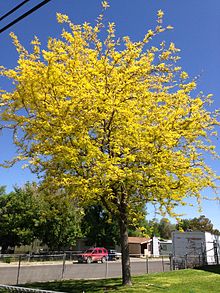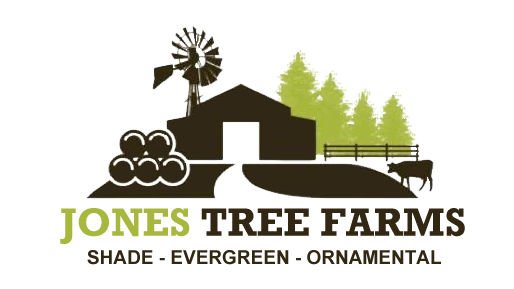Blog
-
Posted by Super User

4-5ft, well branched Burr Oak, Hackberry, Autumn Blaze maple and Redbud trees now on sale thru April 15th. Get them while they last!
-
Posted by Super User

Honey locust is a tall, pod-bearing, deciduous shade tree with a short trunk. Its ornamental foliage is lacy and medium to fine in texture. The tree's mature size is variable, growing in the 30 to 70-foot range, taller in the wild. Honey locust is a rapid-growing tree whose fall foilage is yellow to yellow-green. Its fruit is a long, reddish-brown, straplike, curved pod produced in late summer. Its shade is dappled and permits plant growth beneath the canopy.
Plant honey locust in full sun and limey soil. It adapts to a range of conditions, including drought and high pH, and tolerates road salt spray.
To avoid thorns and litter problems, use an unarmed podless selection as a shade tree. Webworm is this plant's worst enemy. Leaflets are small and break down quickly.
-
Posted by Super User
Native to the central United States, Kentucky coffee tree is a member of the pea family. Its name -- from the Greek, meaning "naked branches" -- refers to the fact that it loses most of its leaves in the early autumn. It is also one of the last trees to leaf out in the spring.
A tall, handsome, somewhat slow-growing tree, the Kentucky coffee tree can reach cultivated heights of 60 to 75 feet (taller in the wild). Its stout branches carry large, compound leaves with many leaflets. The bark is rough, scaly, and dark grayish brown. The reddish brown pealike pods of female trees hang on into the winter.
Kentucky coffee tree likes full sun and moist, fertile soil. It is a tough tree that can adapt to dry soils and city stress, and insects are not usually a serious problem.
Use a male for a street tree to avoid pod litter. The Kentucky coffee tree is too big for the small landscape but is a park or large garden candidate. It has a bold winter silhouette.
